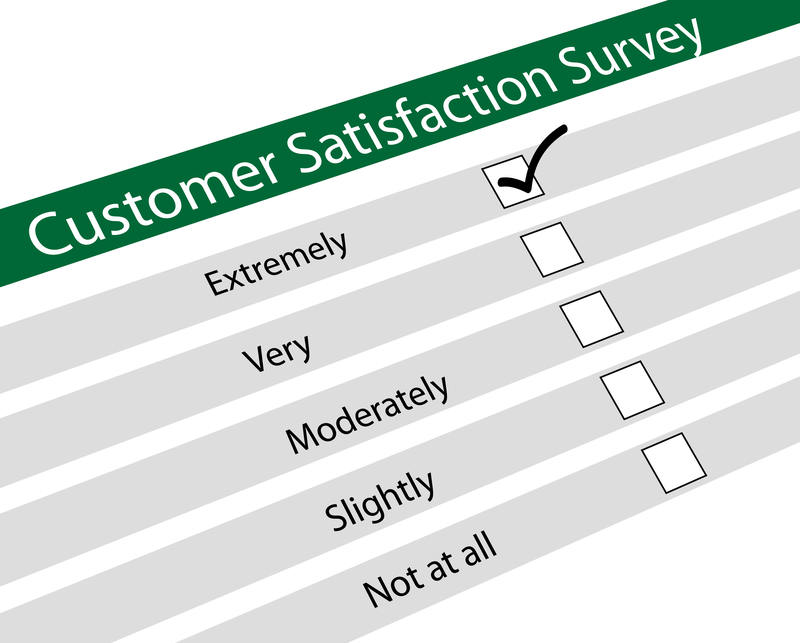
Recent research shows that 79% of customers are likely to make another purchase if their last experience with you was good.
On the flip side, 89% of them will switch to competition in a heartbeat if the experience was unsatisfactory. Feedback Loops give businesses the critical input they need to tweak their offerings and maximize their sales. You need ways to hear from your customers and you need to listen!
While companies like BGAmedia specialize in crafting communications that drive sales, they (and you) cannot hope to be successful searching in the dark for unknown targets. Any business needs to have an ongoing conversation of a kind with customers so you can smartly refine the variables of product, price, promotion, and sometimes, place.
What is a Customer Feedback Loop?
The Feedback Loop is a strategy for continuous improvement based on customers’ opinions and suggestions. Customers leave feedback about the product, then the feedback is analyzed, conclusions are implemented and the loop is repeated.
In this process, you may uncover new opportunities to create lasting relationships with your customers and reduce complaints by quickly reacting to their needs.
A Feedback Loop can also be your reality check. Some ideas and solutions might seem perfect when you are planning them, but in the end, it is users who decide whether you succeeded. Good communication at the right time in the cycle can save you lots of work and money.
The Three Stages
The Feedback Loop can be divided into three, equally important stages: gathering information from our clients, learning and analyzing the data, and finally applying conclusions into the product.
It isn’t called a loop for nothing. In order to be fully effective, Customer Feedback Loop has to be constantly reapplied taking into consideration information from all possible channels.
1. Gather
The first step is to start collecting customers’ opinions. There are a variety of ways to do it. For example:
- Call centers (aka your telephone)
- Live chats (via software)
- Feedback widget (on your website)
- Social listening (your favorite social network channels)
- Direct email marketing (newsletters and surveys)
2. Learn
The next step is data analysis. The easiest way is to look for patterns in customer feedback.
Find recurring issues and list them by frequency and importance to your business’ growth. For example, with an e-commerce business, try to identify causes and points of cart abandonment and hunt for points of confusion in your clients’ paths. For retail businesses, see if there are multiple versions of the same complaint about your location, your hours, or a particular product line.
Next, isolate the issues you identified, and draw conclusions on how what you need to do to resolve them and enhance the customer experience.
3. Apply
With your conclusions in-hand, apply fixes to your product or business policies. A good starting point would be the most critical issues. Small changes and enhancements can be dealt with simultaneously.
Remember to let your customers about the changes you made. It’s crucial for them to learn that their feedback was considered during the enhancement process.
Once the fixes are made, it’s time to gather feedback once again (hence you’ve defined your “loop”).
Feedback Loops in practice
Growing your business significantly depends on your customers’ happiness. To make sure they are satisfied with you and your product, you need to listen and respond to their needs and requests.
At the same time, it is an easy way to manage clients’ complaints and actively react to them. Creating a Customer Feedback Loop allows you to provide better products and experiences. Knowing exactly what your customers expect also gives you an advantage over your competition.
According to a Walker study, by 2020 customer experience will overtake price and product as the key brand differentiator. With a solid Customer Feedback Loop you’ll be positioned for growth and will gain an advantage over the competition. So go out and create the high-quality customer experience people won’t forget.
